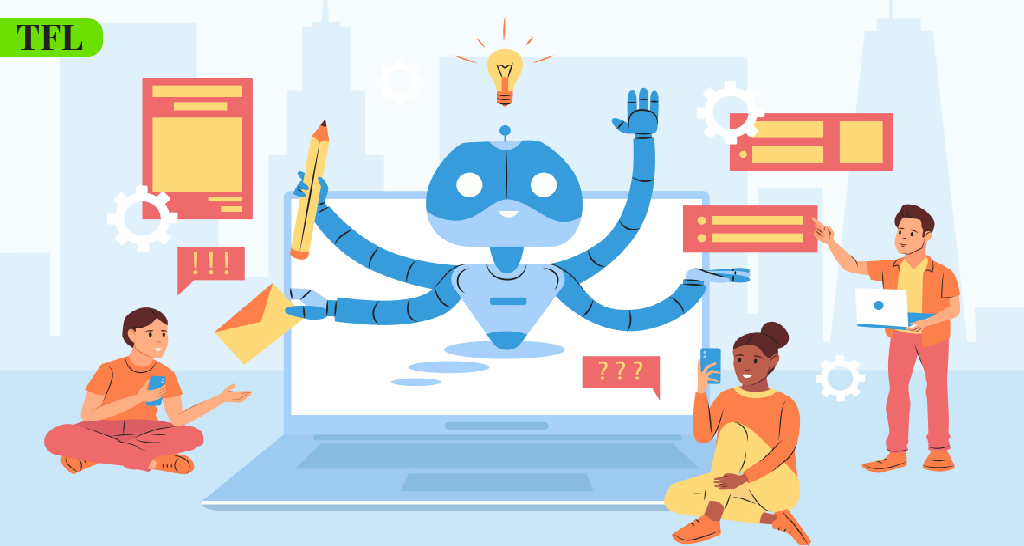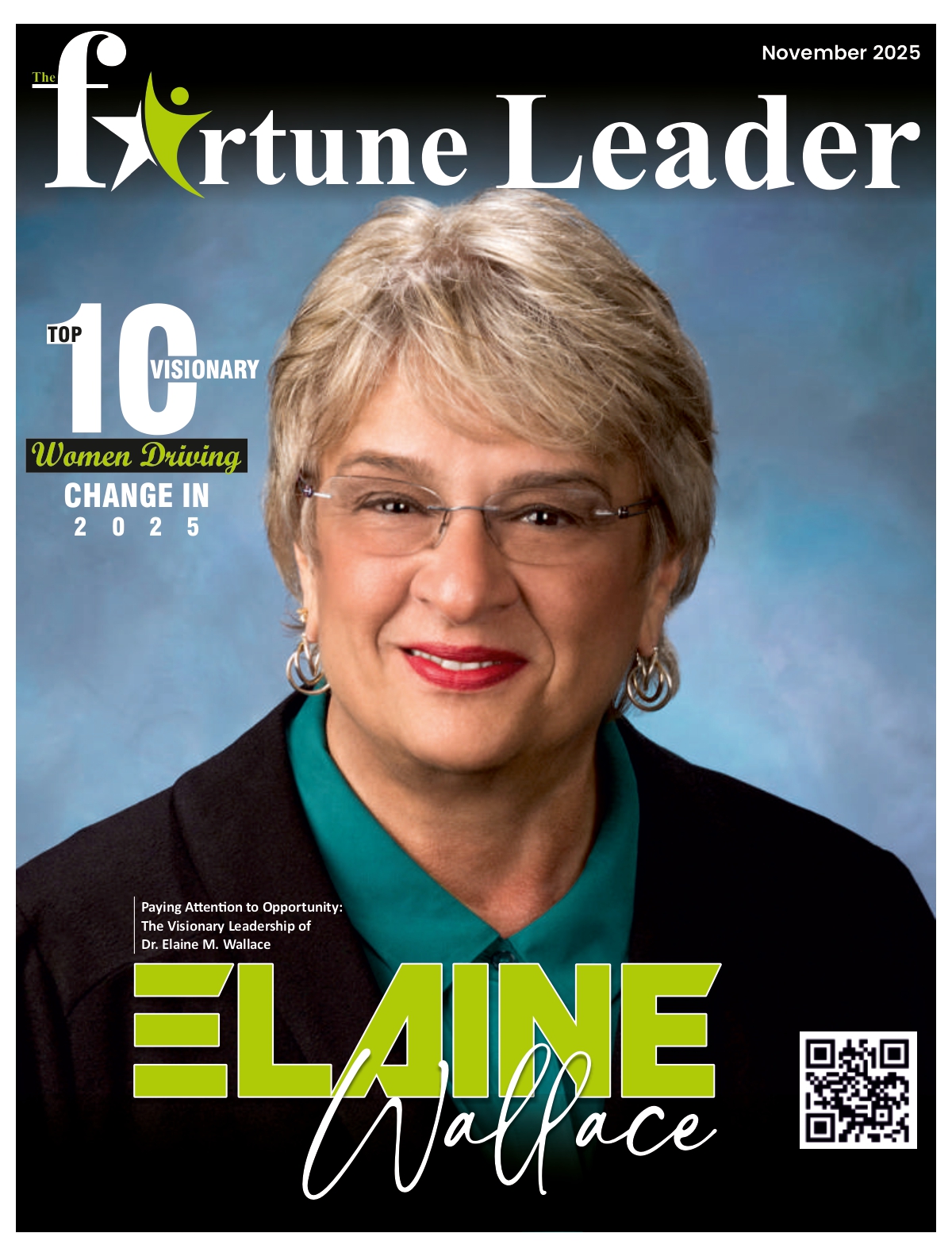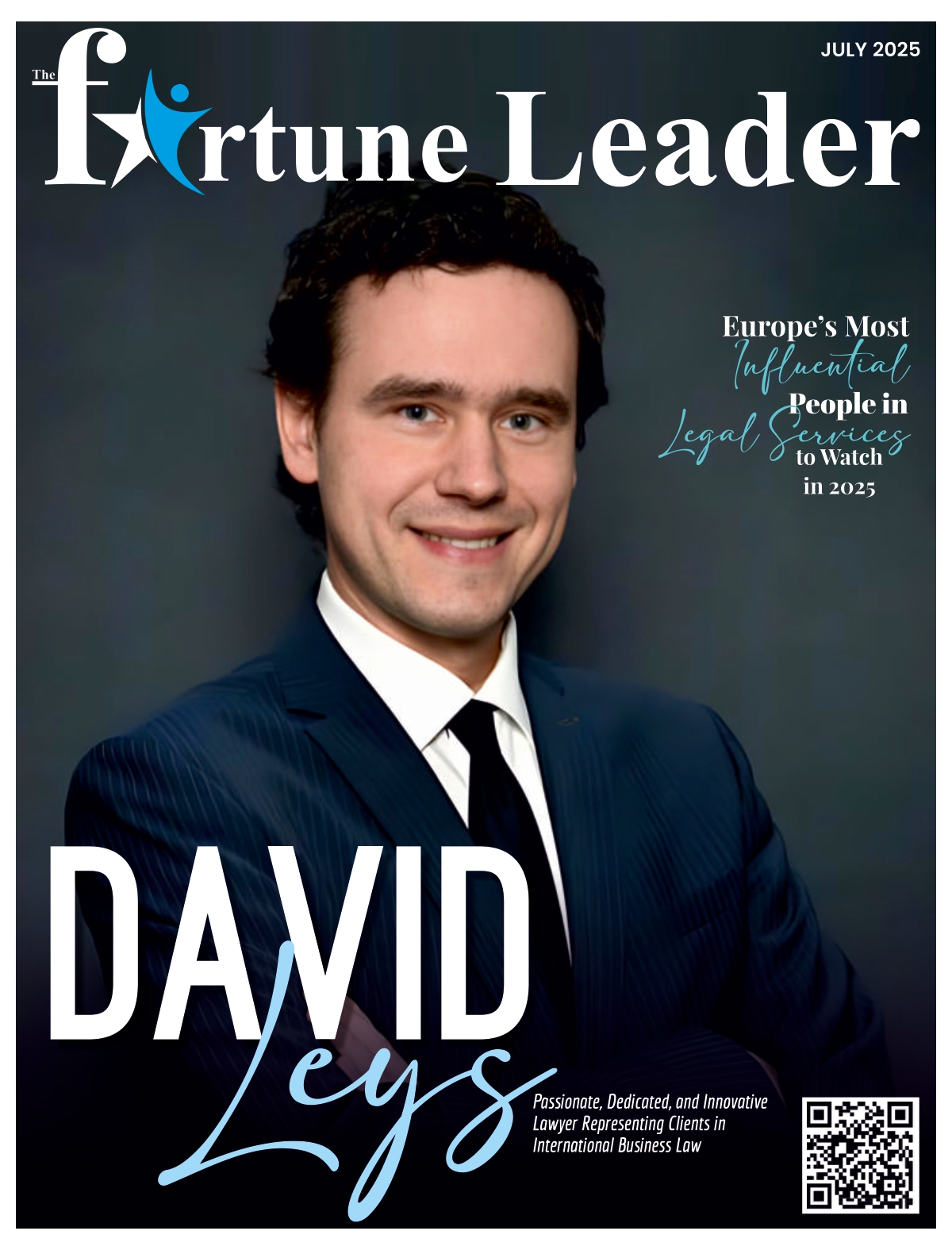In the swiftly changing realm of digital design, artificial intelligence (AI) is revolutionizing the process by which creative concepts transition from idea to realization. What previously depended entirely on human intuition, manual labor, and lengthy timelines is now being altered by intelligent systems capable of generating, refining, and optimizing designs with unmatched speed and precision. This transformation is not only redefining workflows but also broadening the horizons of creativity and efficiency within design services.
The Traditional Design Workflow
Historically, the design process commenced with a client briefing, which was then succeeded by brainstorming, sketching, prototyping, gathering feedback, and ultimately, production. Designers depended significantly on their individual expertise, creativity, and software such as Adobe Creative Suite to realize their concepts. Although this method was effective, it frequently proved to be time-consuming, necessitated numerous revisions, and was vulnerable to human error and subjective interpretation.
AI-Powered Design: A Game Changer
The advent of AI has led to the automation and enhancement of numerous phases within this conventional process. AI tools are now capable of aiding in the generation of ideas, automating monotonous tasks, and offering real-time recommendations grounded in design principles and user data.
One of the most groundbreaking features of artificial intelligence in design is generative design. These systems utilize algorithms to investigate numerous design variations according to established parameters such as materials, budget, aesthetics, and functionality. Consequently, designers can initiate the process with data-driven prototypes rather than an empty canvas, thereby expediting the transition from concept to execution.
Personalized and Data-Driven Creativity
The capability of AI to evaluate extensive quantities of user data facilitates the creation of more tailored design experiences. For example, in the realms of web and UX design, AI is capable of monitoring user interactions with a product and modifying layouts, color palettes, and content instantaneously to align more closely with personal preferences. Such dynamic adaptability was not achievable through manual techniques alone.
Furthermore, applications such as Adobe Firefly, Canva’s Magic Design, and Midjourney allow designers, including those lacking technical skills, to swiftly produce high-quality visuals. These platforms utilize natural language prompts to generate images, layouts, and templates, thereby reducing the entry barriers for design and promoting creativity for all.
Collaboration Between Human and Machine
Artificial Intelligence is not supplanting designers; rather, it is evolving into their collaborative partner. The role of human creativity remains vital in determining the direction, tone, and emotional impact of a project. Conversely, AI can manage the substantial tasks of execution, iteration, and analysis. This collaboration facilitates quicker turnaround times and allows designers to concentrate on more advanced strategic considerations.
This mutually beneficial relationship is apparent in branding, animation, architecture, and even fashion design, where AI aids in the creation of mood boards, the selection of color palettes, and the forecasting of trends. By managing the technical aspects, AI enables human designers to continue being visionaries.
Challenges and Ethical Considerations
Despite the advantages, the use of AI in design poses various challenges. Ongoing discussions revolve around issues of originality and intellectual property when designs generated by AI draw from pre-existing works. Additionally, there exists the danger of excessive dependence on templates and algorithms, which could result in a uniformity of style and hinder genuine innovation.
Designers and agencies need to tread carefully in these ethical waters, making sure that AI acts as a means of enhancement instead of a substitute or a source of plagiarism. It is essential to uphold transparency, accountability, and responsible use of AI in creative sectors to preserve integrity.
The Future of AI in Design Services
Anticipating the future, the incorporation of artificial intelligence in design services is projected to intensify. More advanced AI models will provide enhanced interactivity, including real-time collaboration within virtual settings or intuitive design assistants that comprehend emotional intent and cultural context.
Ultimately, the transition from concept to creation through AI transcends mere automation; it embodies augmentation. AI is enabling designers to expand their thinking, accelerate their processes, and craft more significant experiences than ever before. As technology progresses, the collaboration between human creativity and artificial intelligence heralds a future where design becomes increasingly inclusive, efficient, and inspiring.












